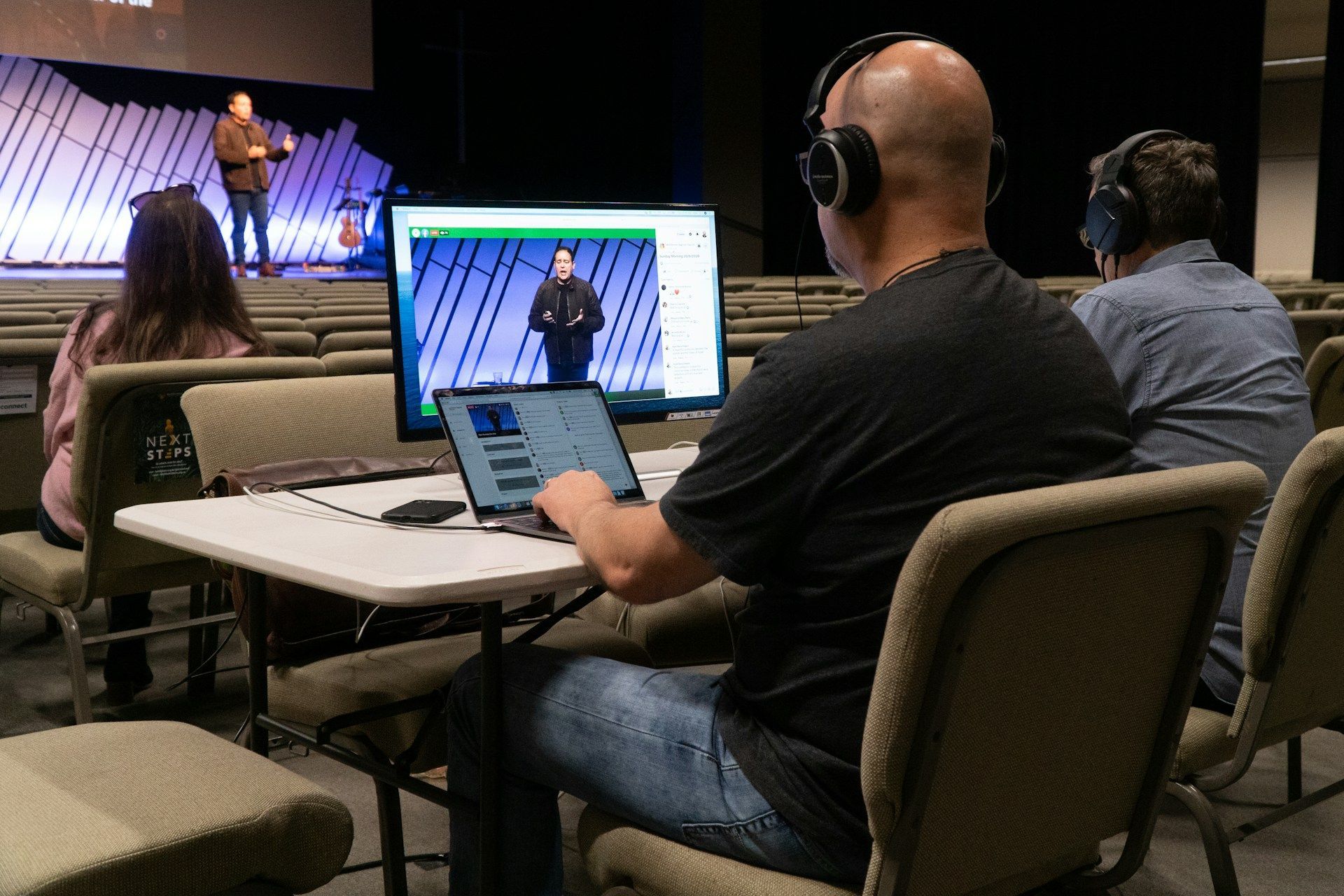4 Common Social Media Mistakes in Your Church’s Online Community
Social media is one of the best ways to communicate with current members and reach out to new ones, especially the younger generation. However, social media mistakes can damage this tool. You want to connect people with your church, not alienate them.
Luckily, these mistakes are easily avoided. By planning and ensuring your social media profile reflects your church, Facebook and Twitter could become outlets for reaching a new generation.
1. Doing Nothing But Preaching
Why do people use social media? They want to be entertained, connected and supported.
Unfortunately, many churches try to push their sermons through social media. People are more likely to unsubscribe from your church’s online community than listen to another sermon. Ask yourself this question: “What does my church currently provide its members that is unique?”
If your answer is “Nothing,” then social media probably isn’t the answer. Members are likely to seek out content elsewhere online if you don’t post anything of value. Try posting something besides the sermon to your Facebook pages, like a funny sermon illustration or an interesting story from the Bible.
2. Talking about Volatile Topics
Social media is the place to connect with people. However, it’s not always the place to have a conversation. For instance, you are unlikely to sit down with someone in real life and yell at them about politics.
The same is true with social media. Even if you have a passionate opinion on a controversial topic, you don’t have to tell everyone about it. It’s best if you don’t. Now, I’m not saying you should avoid a subject like politics. It’s okay to let members know where you stand on a topic, as long as you do it in a way that doesn’t come across as pushy.
If you want to discuss a controversial subject, invite your members to discuss topics in a private message. Then, pick one person to answer your questions openly.
3. Being on Only One or All Social Media Platforms
You have to have a presence on social media. That’s a fact. However, that doesn’t mean you have to be on every platform.
You don’t need to create a presence on every social media platform. It’s best to focus on the most popular platforms like Facebook and Twitter because they are most likely to help you reach the people you want to reach. Conversely, you don’t want to spend all your time on Facebook and Twitter.
If you are on Facebook, it’s best to be on Twitter. Other platforms like Instagram and Snapchat are more situational. You may want to be on them as well. For instance, you may want to have a presence on Twitter but not Instagram if you also have a person in charge of videos.
4. Posting without Engaging with Members
Engagement is one of the biggest ways social media can help your church. You want to encourage members to share comments and retweet your posts. You may be wondering how you can engage them. The easiest way is to start a conversation. You do that by asking a question.
You can also keep things lighthearted by posting pictures. When you post pictures on social media, include the hashtag #loveyourchurchchurch. As a result, members will know to use this hashtag when posting pictures about their church.
Conclusion
Social media can be a great tool for churches to stay connected with their members. However, careless mistakes can lead to your community falling apart. You can avoid this by following these steps. Also, consider asking a social media manager to help you manage your online community.
The best custom websites for your church or non-profit will come from a company who knows your organization. Faithworks Marketing builds and manages websites specifically for non-profits and churches all over the US, helping you bring more people to your site and through your front doors. If you need
social media management services for churches, we’ve got you covered! Get in touch with us today and let us know how we can help!












